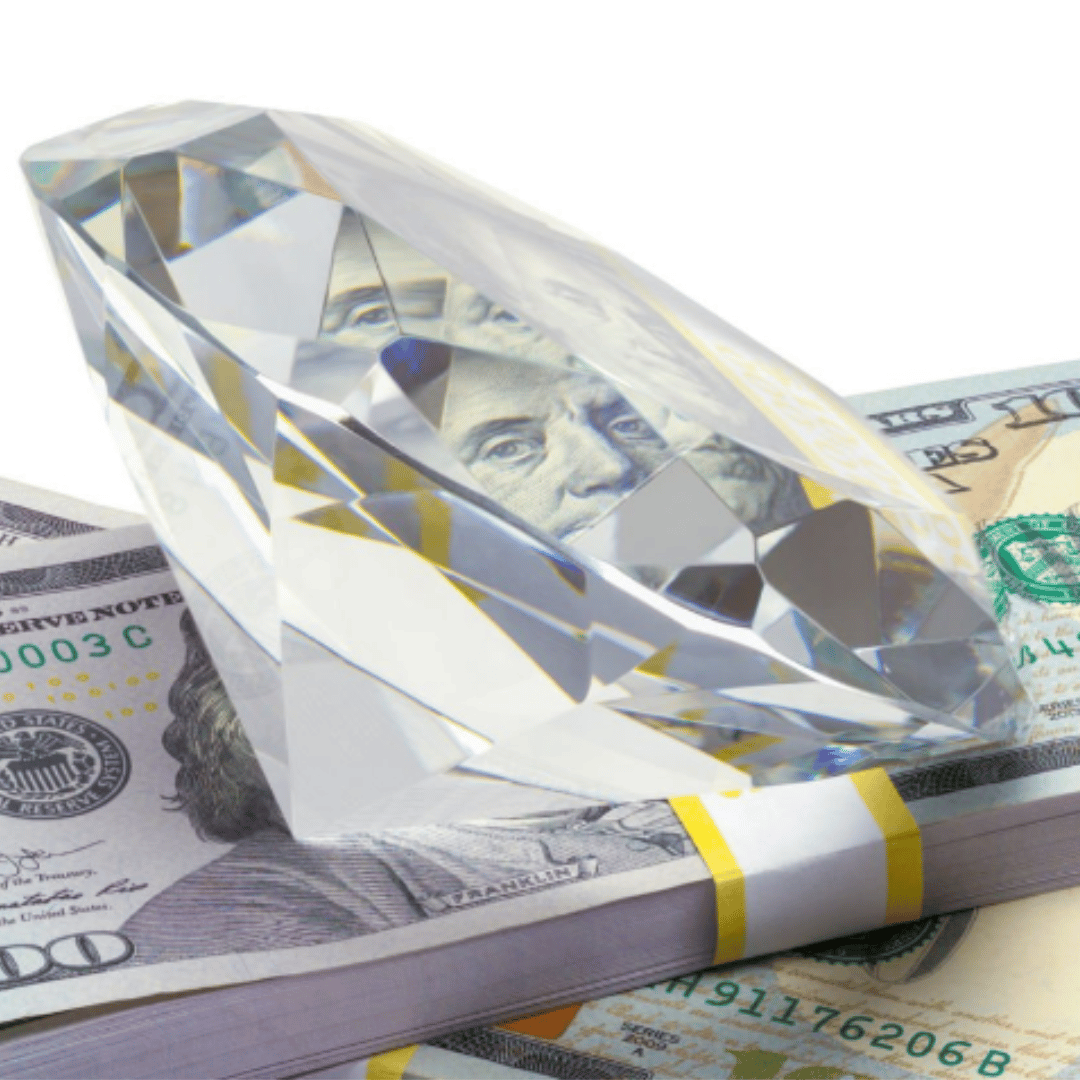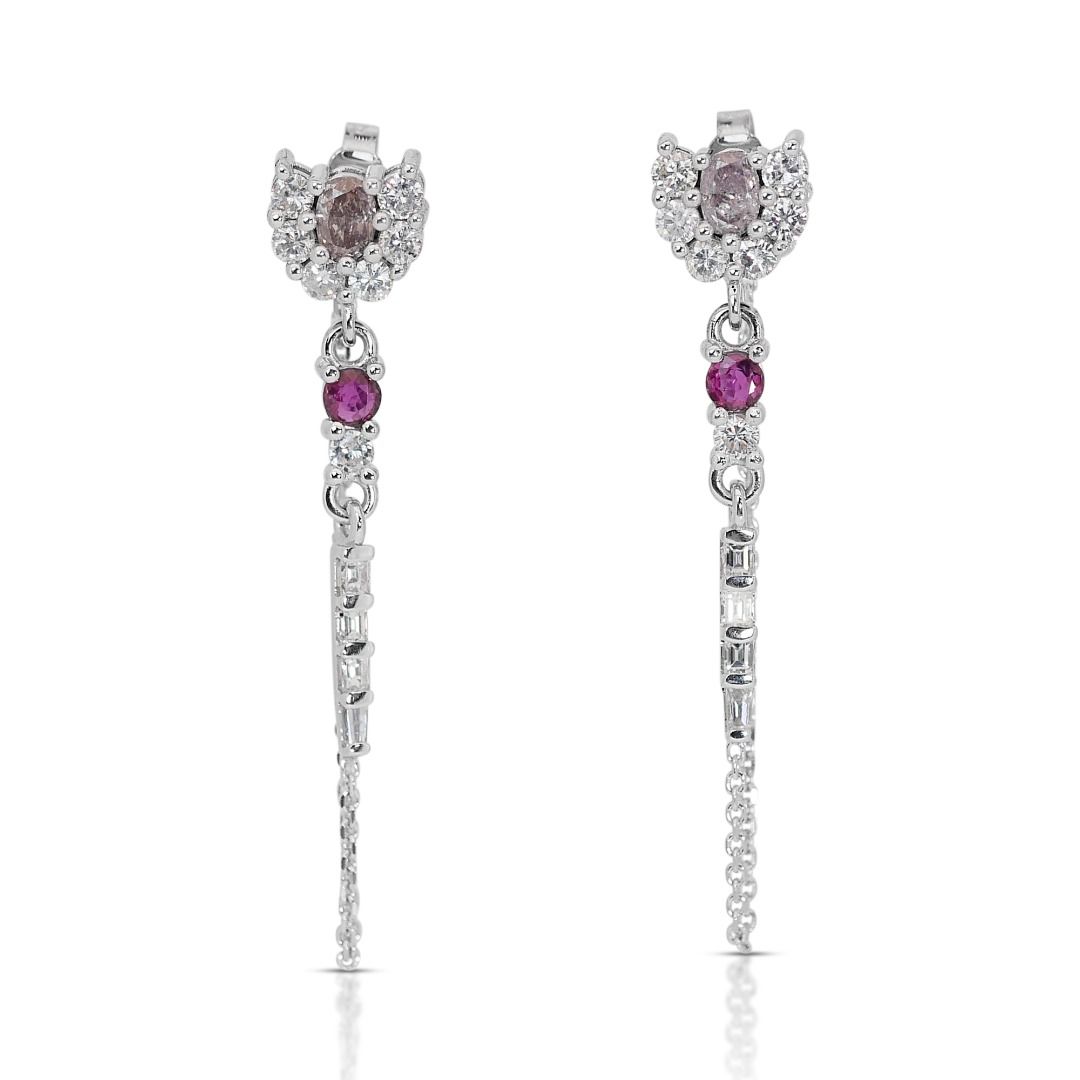How Much Does It Cost For A 1 Carat Diamond?
How Much Does It Cost For A 1 Carat Diamond?
Key Highlights:
The price of a 1 carat diamond can vary significantly depending on several factors, including:
- Cut: A well-cut diamond will sparkle more and be more valuable than a poorly cut diamond.
- Color: Colorless diamonds are more valuable than diamonds with a yellow tint.
- Clarity: Diamonds with fewer inclusions (flaws) are more valuable than diamonds with more inclusions.
- Shape: Round diamonds are the most expensive shape, followed by princess cut, emerald cut, and oval cut.
Here are some tips for getting the best value for your money when buying a diamond:
- Consider buying a diamond that is slightly smaller than your desired carat weight. For example, instead of a 1 carat diamond, you could buy a 0.95 carat diamond.
- Opt for a lower color grade. While a D color diamond is the most colorless, a G or H color diamond will still appear colorless to the naked eye and will be significantly cheaper.
- Choose a diamond with slightly more inclusions. Inclusions that are not visible to the naked eye will not affect the beauty of the diamond but will lower the price.
- Consider a diamond shape other than round. Round diamonds are the most expensive because they waste the most rough diamond during cutting.
It’s no secret that these dazzling stones don’t come cheap.
We’re certain you’ve already set a budget for a ring, bracelet, necklace, earrings or any diamond jewelry you have in mind, but it helps to know precisely what you’re dealing with.
We’re here to help you get the best diamond for your budget so keep reading to find out how you do that.
How much should you expect to spend?
To answer your questions, we’ll make it easier for you by making a comparison between the 1 carat diamond price and 2 carat diamond price.
On average for a 1-carat diamond you can expect to spend anywhere between $2,000 – $25,000.
For a 2 carat diamond, the prices range from $2,000 – $30,000.
You’ll admit that’s a pretty steep pricing variance.
So what’s the reason behind these interesting differences in price?
Quite frankly diamond prices are pretty complicated.
The actual value of a diamond is determined by many factors which we’ll explain in this article.
Hopefully this will shed some light to help you get value for your money.
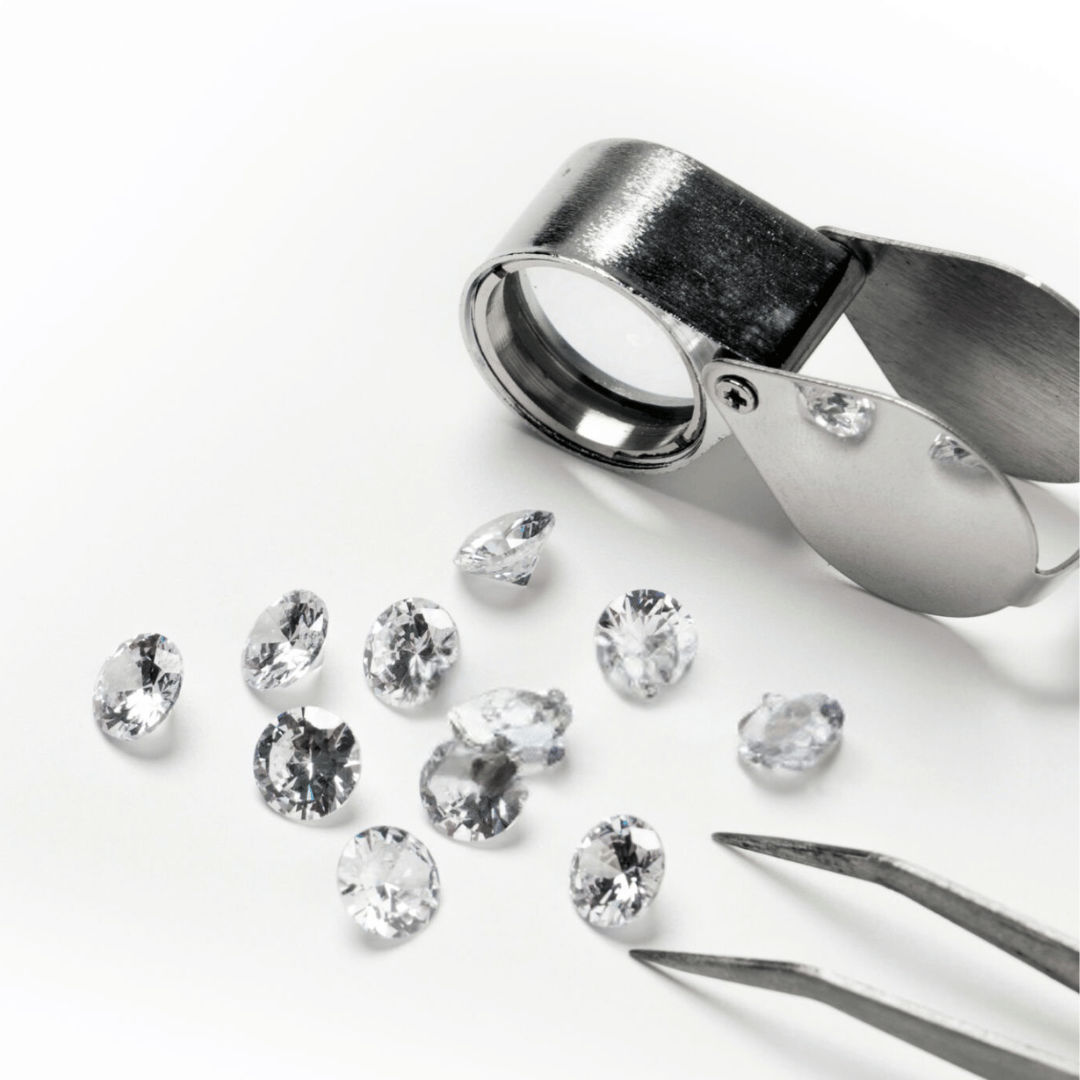
What Determines a Diamond’s Value?
Simply put; the real value of a diamond is largely determined by its overall appeal.
But to regulate diamond pricing in the industry, the GIA introduced a diamond grading system. This method is aimed at creating a standard comparison between different diamonds. And this grading system is based on what is known as the 4C’s of diamonds which stand for:
Cut, Color, Carat, Clarity
As mentioned earlier, there’re many other factors that influence the price of a particular diamond.But this grading system will make it easier for both diamond dealers (and yourself) to get reasonable estimates when comparing similar pieces.
The Carat System Explained: What Does Diamond Price Per Carat Mean?
The general formula is this: the diamond price per carat is the full price of the diamond divided by its weight.
Here are some examples to help you better understand this principle.
Example 1
If a diamond is priced $5,000 per carat and you want half a carat, you follow this formula:
0.50 * $5,000 = $2,500
The final price of the diamond will be $2,500.
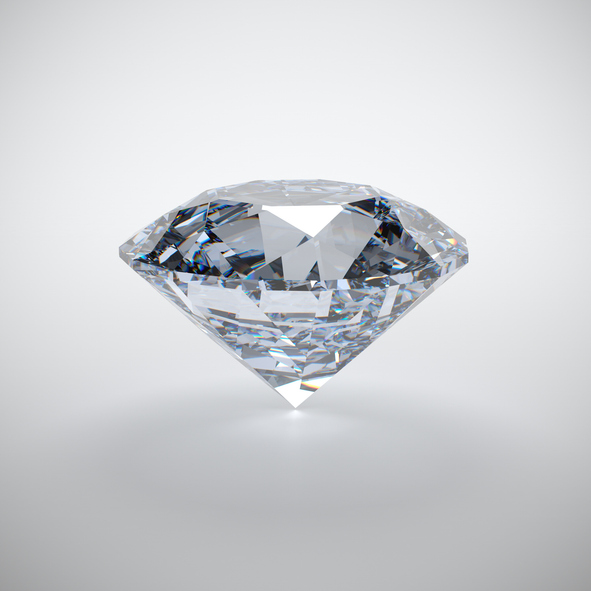

If a diamond is priced listed at $6160 and you want one that weighs 1.15 carats, you calculate the cost as follows:
1.15 * $6,160 = $7,085
So, the final price of the diamond is $7,085.
Comparing Prices Between Diamonds:
You might wonder why diamonds are priced differently. Diamonds vary in quality, and as such, they can’t all be priced the same. The price per carat method helps you compare different diamonds, but remember—the more you pay, the better the quality.
Scarcity plays a significant role in determining a diamond’s price. The harder it is to find a particular diamond, the more expensive it will be. Conversely, diamonds that are easier to find tend to be less expensive. Scarcity is one of the key factors affecting diamond prices.
How to Get the Best Diamond Value Without Spending Too Much Money
The good news is you don’t have to spend a fortune to get a great diamond. I’m not saying you’ll get the exact same diamond for half the price, but you can find a similar one that looks just as good for much less—and no one will notice the difference! Here’s how: While professionals evaluate diamonds on countless attributes, most people can’t tell them apart. So, why pay extra for things you can’t even see? Whether you’re shopping for a 1, 2, or half carat diamond, these tips will help you get the best value.
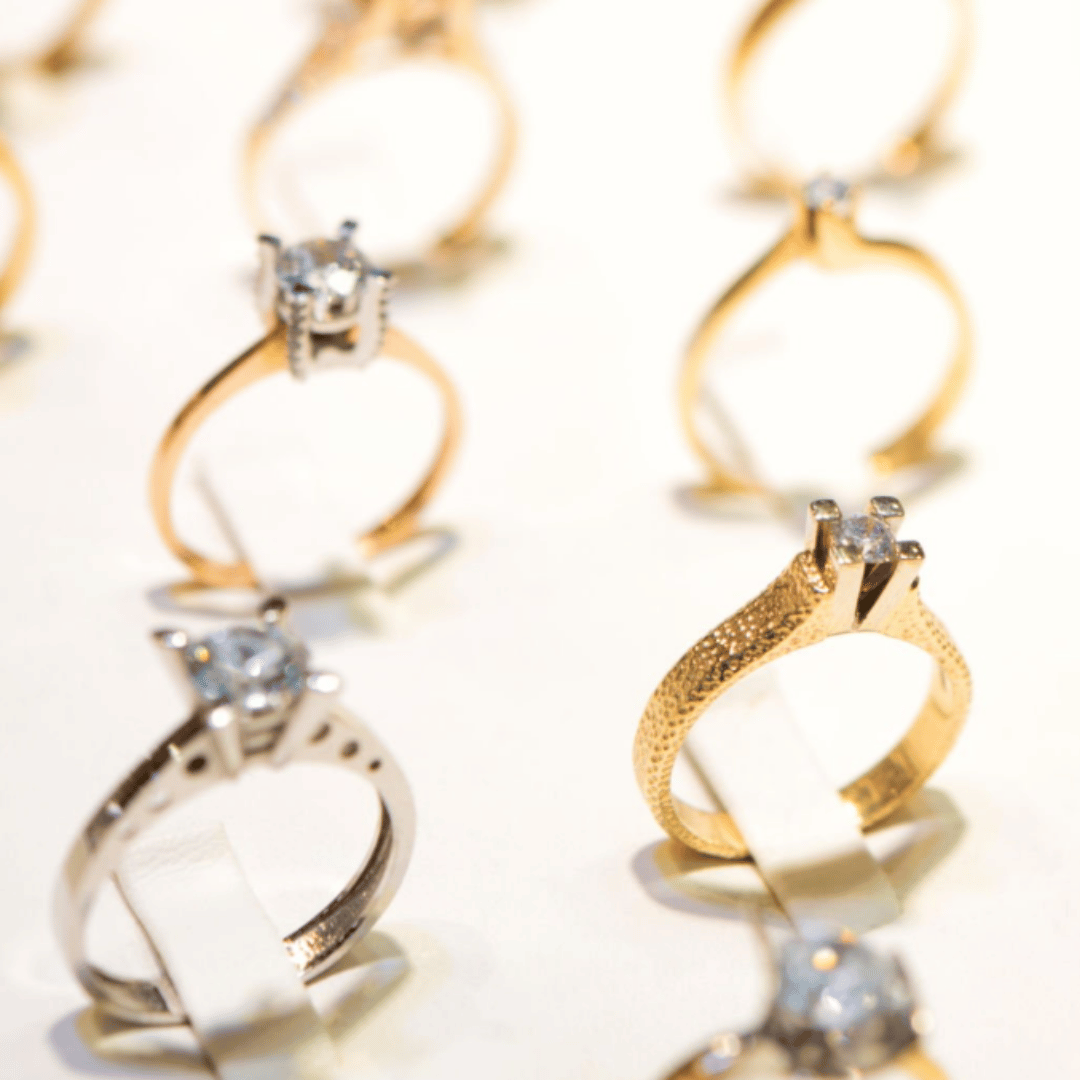
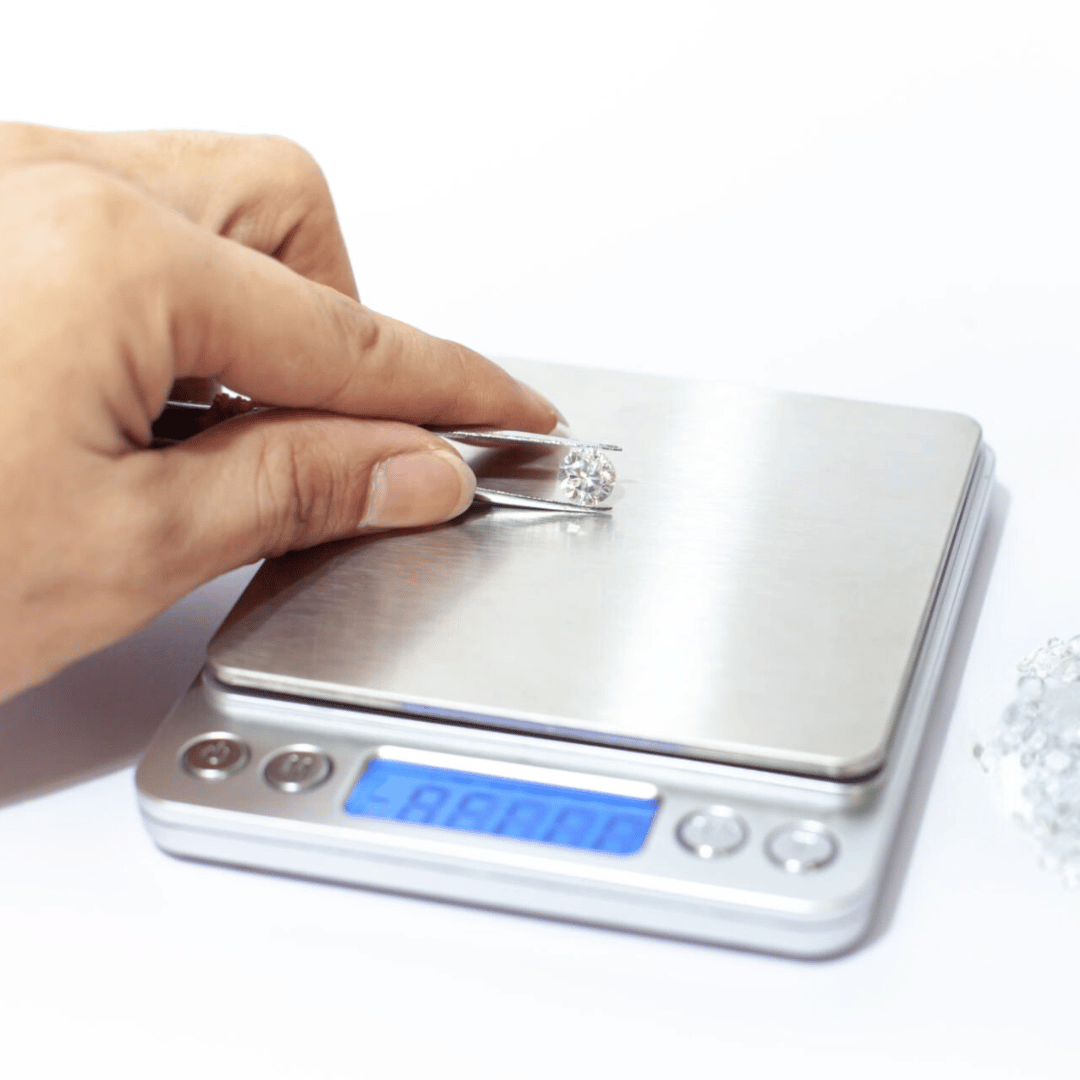
1. The Diamond Weight
The weight of a diamond is arguably one of the biggest factors that can help you cut costs when selecting this stone. The price of the diamond tends to increase as the carat goes up.
Generally, the carat will determine the overall weight of the diamond. And the weight ultimately determines the price. This means that the higher the weight, the higher the carat and the higher the price. And the opposite applies. So, to save yourself some money, buy a few sizes below your desired diamond carat option.
For instance:
- Instead of a 2 carat diamond, buy a 1.90 carat
- Instead of a 1 carat diamond, consider a 0.95 carat
- Instead of half a carat diamond, opt for a 0.45 carat
So, if a 1 carat diamond costs you $6,000, the exact same diamond but with a 0.95 carat will cost you approximately $4,000. This means that you get the same quality diamond for a 33% discount!
2. The Diamond Color
In the world of diamonds, the color basically refers to a how colorless a particular piece is. As a general rule of thumb, the more “colorless” the diamond is, the greater its value. And the presence of a yellow tint will lower the price.
These diamond colors are graded from D – Z
D represents the ideal color while Z is the lowest grade. Diamond colors from I and below will start showing the yellowish tint. But the reality is that the ordinary man can’t tell the difference between a D and G color unless of course you have an owl’s vision. By opting for a color within the lower ranges, you’ll instantly save yourself some money. In the case of a 1 carat diamond ring, the 1 carat diamond price increases by 15% with every grade. So do you want to buy a G instead of a D and save yourself 15%? You decide.
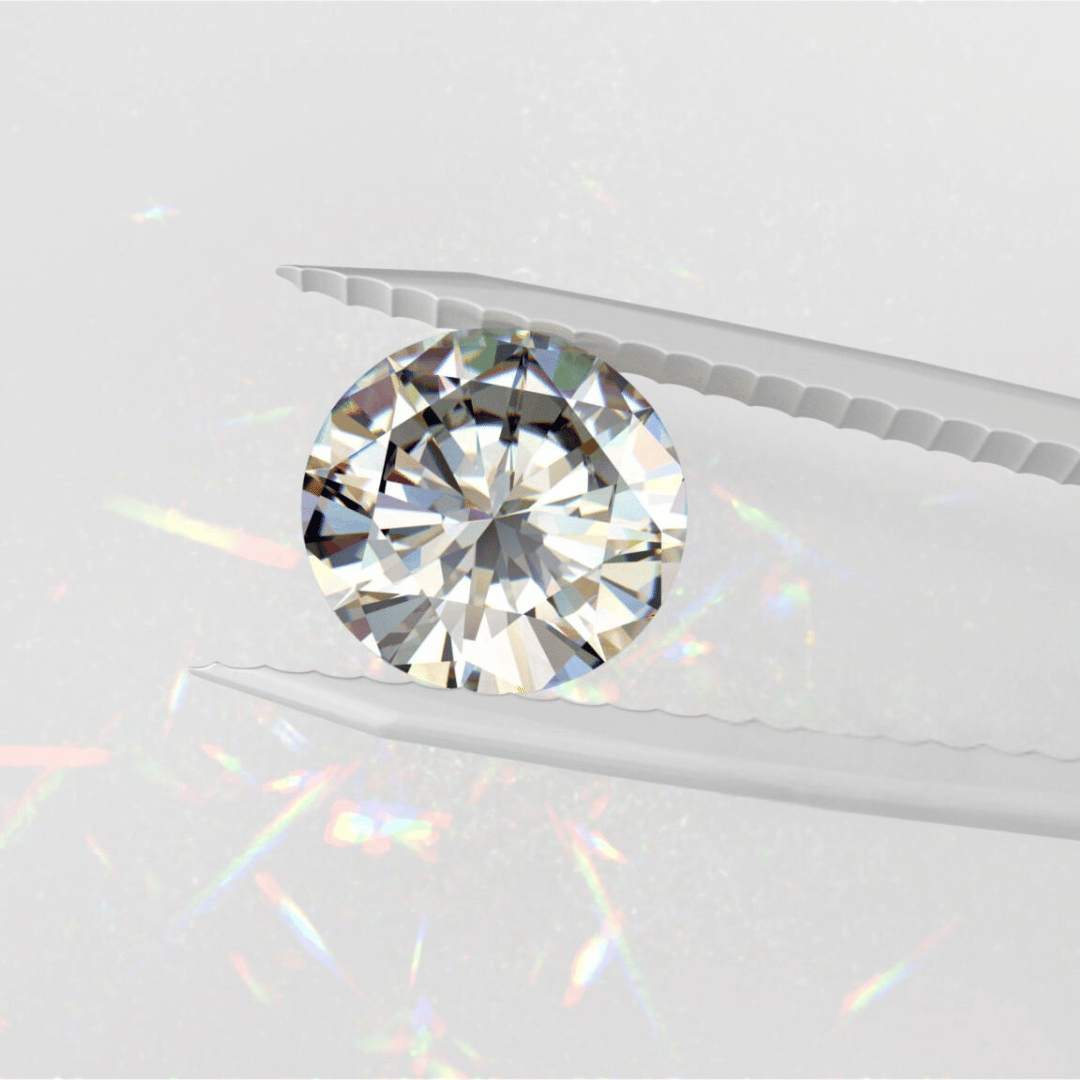

3. The Diamond Clarity
All diamonds have small inclusions or imperfections contained in the stone.
These inclusions can be anything from fractures to black points.
While some of these inclusions are barely visible to the naked eye, others significantly affect the diamond clarity.
According to the diamond grading system; the more apparent these inclusions, the lower the price.
Ideally you want a diamond with imperfections that aren’t as visible unless you’re viewing it with a magnifying glass.
Buying a diamond with more inclusions when compared to the flawless ones can save you up to 50%. You must go with the best price 1 carat diamond ring.
4. The Diamond Shape
Diamonds are available in different shapes.
A few popular shapes include the round, square, oval, cushion, and princess cut.
If you’re looking for the best value diamond for your budget, your favorite shape mustn’t be the determining factor of your final selection.
Here’s why.
These shapes determine the overall price of the diamond.
And generally round shaped diamonds are by far the most expensive type when compared to other shapes.
Here’s an example: a 1 carat round diamond which isn’t as colorless and has less clarity can cost you say $6300.
A cushion cut diamond with the same specifications can cost you $3500.
So pick wisely.
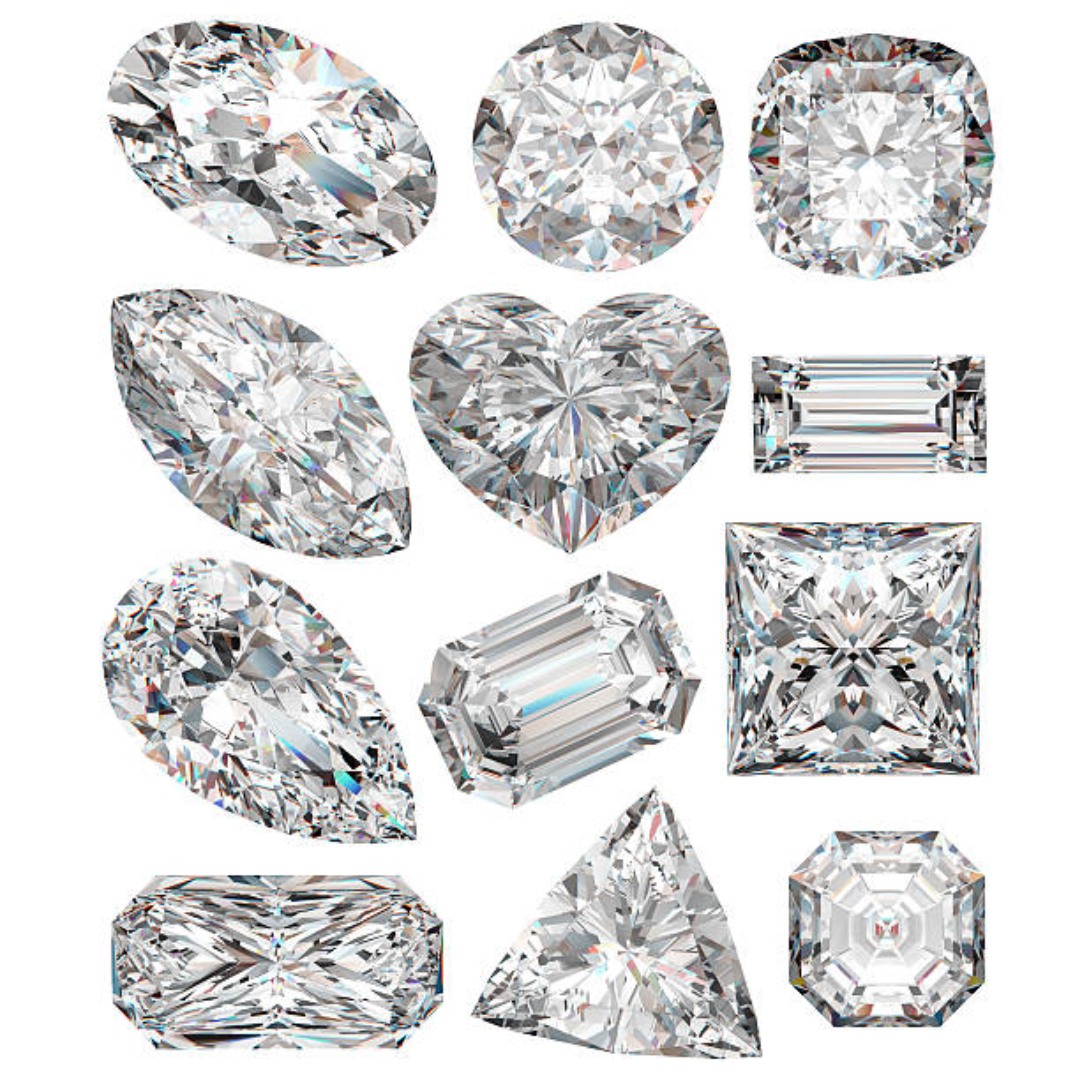

5. The Diamond Cut
Diamonds are available in different shapes.
A few popular shapes include the round, square, oval, cushion, and princess cut.
If you’re looking for the best value diamond for your budget, your favorite shape mustn’t be the determining factor of your final selection.
Here’s why.
These shapes determine the overall price of the diamond.
And generally round shaped diamonds are by far the most expensive type when compared to other shapes.
Here’s an example: a 1 carat round diamond which isn’t as colorless and has less clarity can cost you say $6300.
A cushion cut diamond with the same specifications can cost you $3500.
So pick wisely.
You can expect to pay between $12,500 and $15,000 for a 1 carat flawless diamond with a round shape.
On the other hand a 1 carat round diamond but with a slightly yellowish tint color, less clarity and excellent cut will cost you $6,000. (And $3,000 for the exact same diamond with a cushion cut).
That’s surely a bargain, don’t you agree?
Carat Doesn’t Mean Size!
The general misconception is that the carat and size of a diamond ring are the same.
But this couldn’t be further from the truth. The heaviest diamond isn’t necessarily the biggest.
With that mind, remember that just because you’ve bought a diamond with a lower carat size doesn’t mean you’ve settled for the smallest!
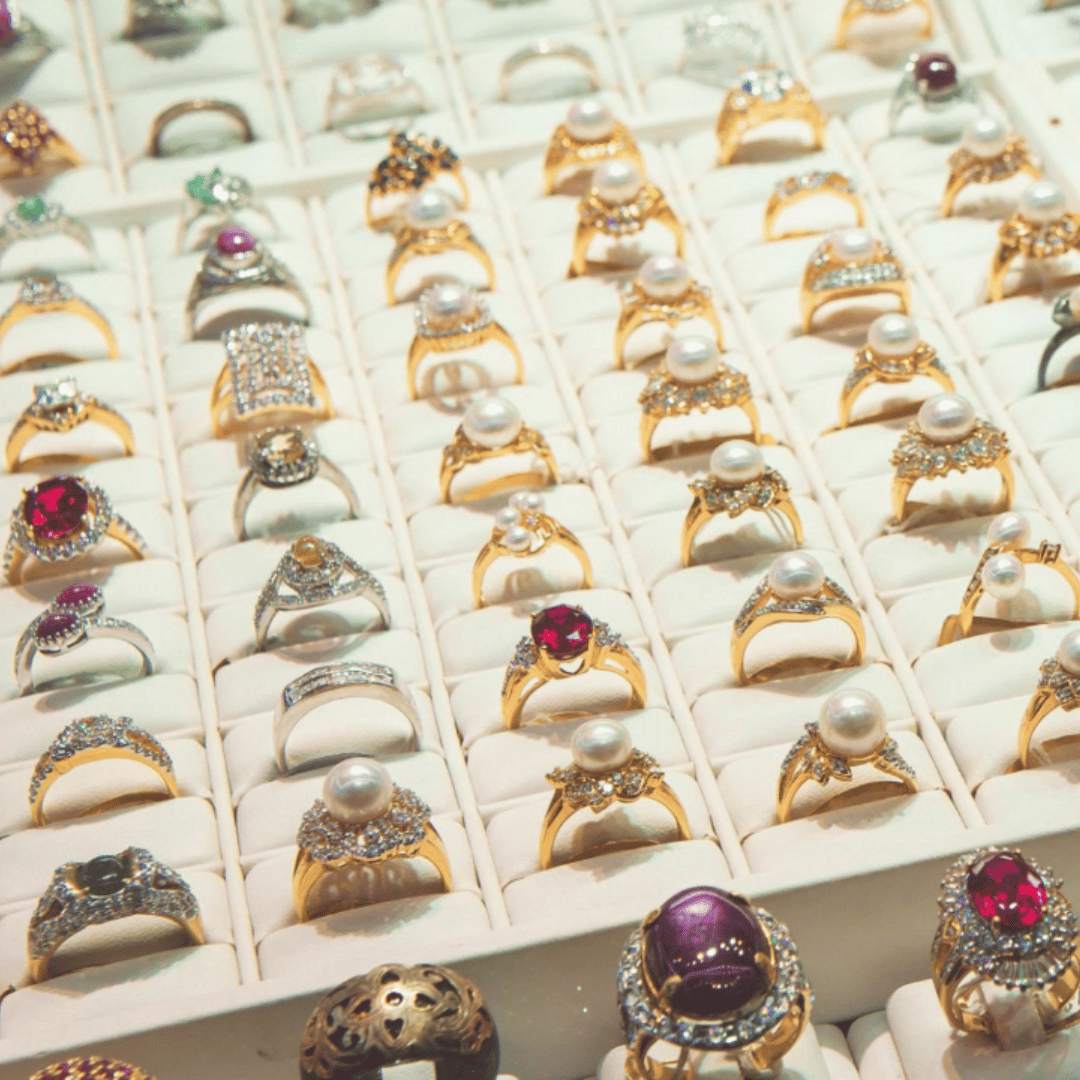
Conclusion
In conclusion, the price of a 1 carat diamond can vary greatly depending on its cut, colour, clarity, and shape. While a flawless 1 carat diamond with a perfect cut and colourless hue can cost upwards of £20,000, there are ways to get a beautiful diamond for a significantly lower price. Opting for a slightly smaller carat weight, a lower colour grade, or a different diamond shape can save you thousands without sacrificing much in terms of aesthetics. Remember, a diamond’s brilliance and beauty are not solely determined by its carat weight. By understanding the factors that affect diamond pricing, you can find a sparkling stone that fits both your taste and your budget.


